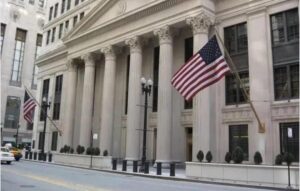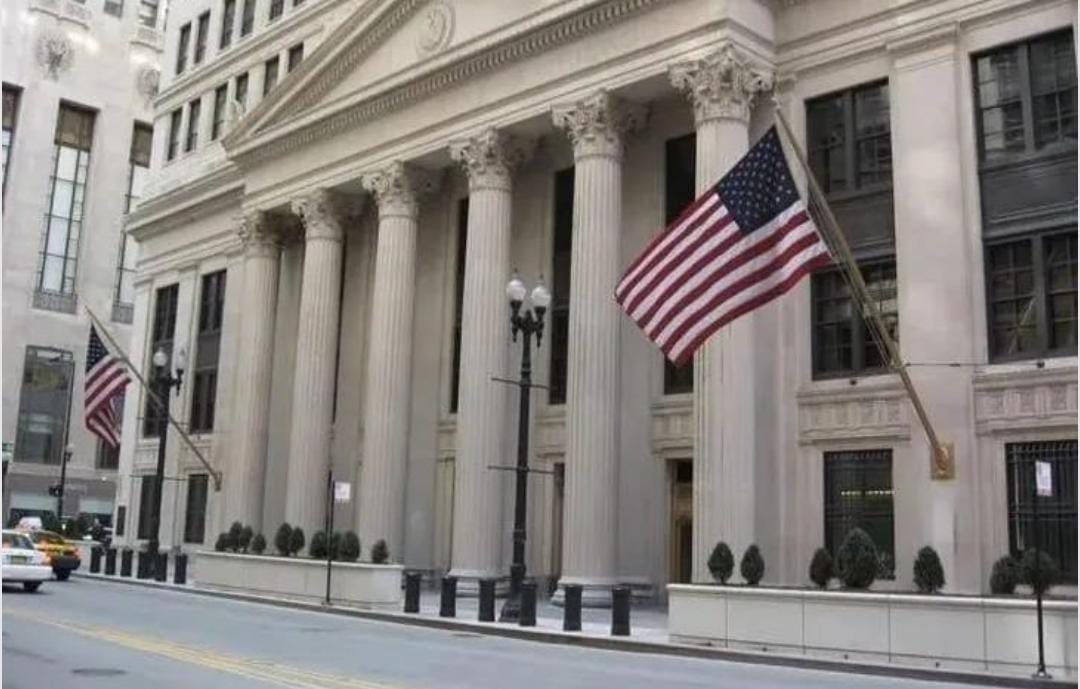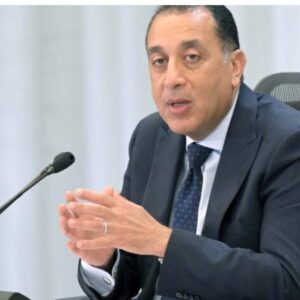
The US Federal Reserve left interest rates unchanged for the third consecutive day today, giving it more flexibility to assess the impact of US President Donald Trump's policies on the economy, betting on a firm labor market at a time of growing concerns—and pressures—about growth.
According to Bloomberg, the Federal Open Market Committee voted to keep the benchmark interest rate within a range of 4.251 tp3t and 4.51 tp3t for the third time, after cutting it three consecutive times by a total of a full percentage point in the September, November, and December meetings.
The decision aims to wait until inflation is confirmed to fall toward the target level of 2%, without exhausting the option of cutting interest rates before assessing the impact of Trump's tariffs on the world's largest economy.
The Monetary Policy Committee's statement read: "Although the data were affected by fluctuations in net exports, recent figures indicate that economic activity continues to grow at a solid pace."
The Fed based its decision on the fact that the unemployment rate "has stabilized at a low level in recent months, and labor market conditions have remained stable. Inflation remains moderately elevated."
The Federal Reserve indicated that "uncertainty about the economic outlook has increased," and the Monetary Policy Committee confirmed that it sees "the risks of higher unemployment and inflation as having increased."
With the central bank's statement pointing to rising risks of rising inflation and unemployment, US stock indices fell to their lowest levels throughout the session, as traders treated the statement as an implicit signal of stagflation risks.
In the minutes of the Federal Reserve's March meeting, monetary policy officials pointed to the risks of stagflation, a scenario in which economic growth slows while inflation remains entrenched. Nearly all Fed policy officials view "risks to inflation as skewed to the upside, while risks to employment are skewed to the downside," according to the minutes.
The March minutes stated that some monetary policy officials saw “difficult trade-offs if inflation proves more entrenched while growth and employment prospects weaken,” according to the minutes.
Federal Reserve policymakers are banking on the strength of the labor market at their May meeting. Despite the US economy contracting by 0.31% year-on-year in the first quarter, the first time since 2022, amid a surge in imports before the tariffs, US jobs data for April showed the economy adding 177,000 new jobs, while the unemployment rate held steady at 4.21%.
The Federal Reserve's decision, chaired by Jerome Powell, on Wednesday defied repeated pressure and harsh criticism from US President Donald Trump, who described the central bank as "too late." He also called Powell "incompetent," saying, "I know more about interest rates than he does."
Trump's statements have even reached the point of considering firing Powell. Trump's criticisms, posted on his Truth Social app, come against the backdrop of declining oil prices, falling inflation, and rising job numbers in the United States. The US president also blamed Powell for the economic slowdown.
Powell and his colleagues at the Federal Reserve have repeatedly emphasized their caution regarding interest rate cuts until there is clarity on the fate of Trump's tariffs.
Powell said in the middle of last month that the Federal Reserve is “well positioned” to allow officials to “wait for more clarity before considering any adjustments to monetary policy,” and that “as we gain a better understanding of policy changes, we will have a better understanding of the effects on the economy and, consequently, on monetary policy.”
The Fed chairman also emphasized the goal of stabilizing inflation to preserve the gains of the previous monetary policy tightening cycle, saying, "We are committed to maintaining long-term inflation expectations" and ensuring that temporary price increases "do not become an intractable inflation problem."
The Federal Reserve's most closely watched core inflation measure fell to 2.61 TP3T in the year through March, down from a peak of 5.61 TP3T in 2022, but still above the central bank's target of 2.1 TP3T.
Futures prices ahead of the Fed's decision were projecting a quarter-point rate cut at its July meeting and two or three more cuts by the end of the year. Economists surveyed by Bloomberg expect only two cuts, starting in September.




